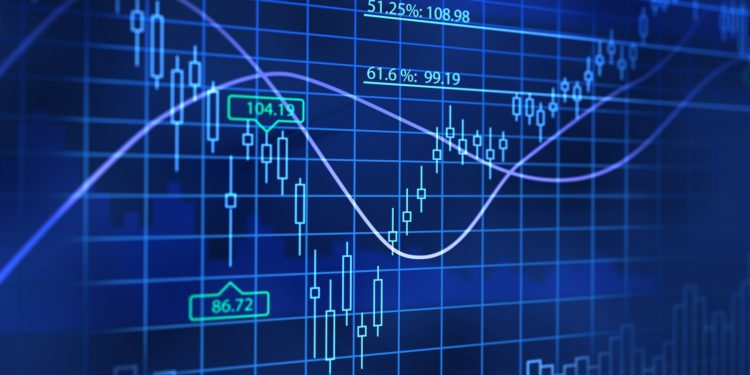Using Risk-Reward Ratio


The concept behind risk-reward ratio is what percentage of your trades are wins. Of course at any cocktail party you’ll run into the “braggers” who want to pump up their win ratio to everyone. But for anyone who understands the risk-reward involved with forex or any kind of day trading, it’s not only about winning!
There are many types of winning that won’t get you any money! Quality wins are the wins that will make a difference in your trading average and in your bank account. Keep in mind when you’re trading that even if you have a very high win rate, which is of course a goal all traders try to reach, that doesn’t mean your wins are successful.
Understanding Ratios and Percentages
To understand the win rate, just think of how many of your trades end up being winners. That is a pretty easy concept to get your head around, right? Say, for instance, that you make four trades in one day. If you win three of those trades then you would have a 3 out of 4, or 75% kind of a day. That would be your daily win rate. If you go on to figure how many trading days there are in each month and you won 75 out of 100 trades, then you’d have a monthly win rate of 75%.
To come up with the win/loss ratio, you divide your total wins by your losses. If you had 100 trades and 75 of them were winners, that probably leaves 25 as losers, not taking into account “flat” trades, that is. The win/loss ratio for the month would be 75/25. What you can actually aim for is not straight wins, but a healthy rate that exceeds 50%.
Setting the Risk-Reward Ratio
As we said earlier, winning isn’t the whole story, and it doesn’t mean you are a successful trader or that you’re reeling in profits. To set a risk-reward ratio, consider how much you think you can lose on each specific trade and how much you might earn. Keep in mind that the goal of day traders is to be quickly in and then quickly out of trades. You’ll want to watch the short-term patterns and then act on them.
Take advantage of alerts and trade signals that you have set in place so you don’t waste time making last minute calculations. But since these are fast, short-term trades, you’ll probably be setting a stop loss when entering the trade.
This is where you determine how much you are willing to risk in a forex pair, stock or future trade. What you want to evaluate here is the balance that will be the most profitable in the long run, and that is not necessarily a 100% win rate. Learn to use the stop loss signal to trigger a sale.
By using this tool wisely, you can effectively manipulate your risk and reward ratios by setting a ratio for each trade you make. A clear understanding of the RRR, or reward/risk ratio, improves your chances for better profits.

